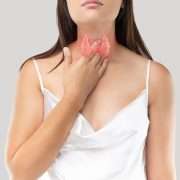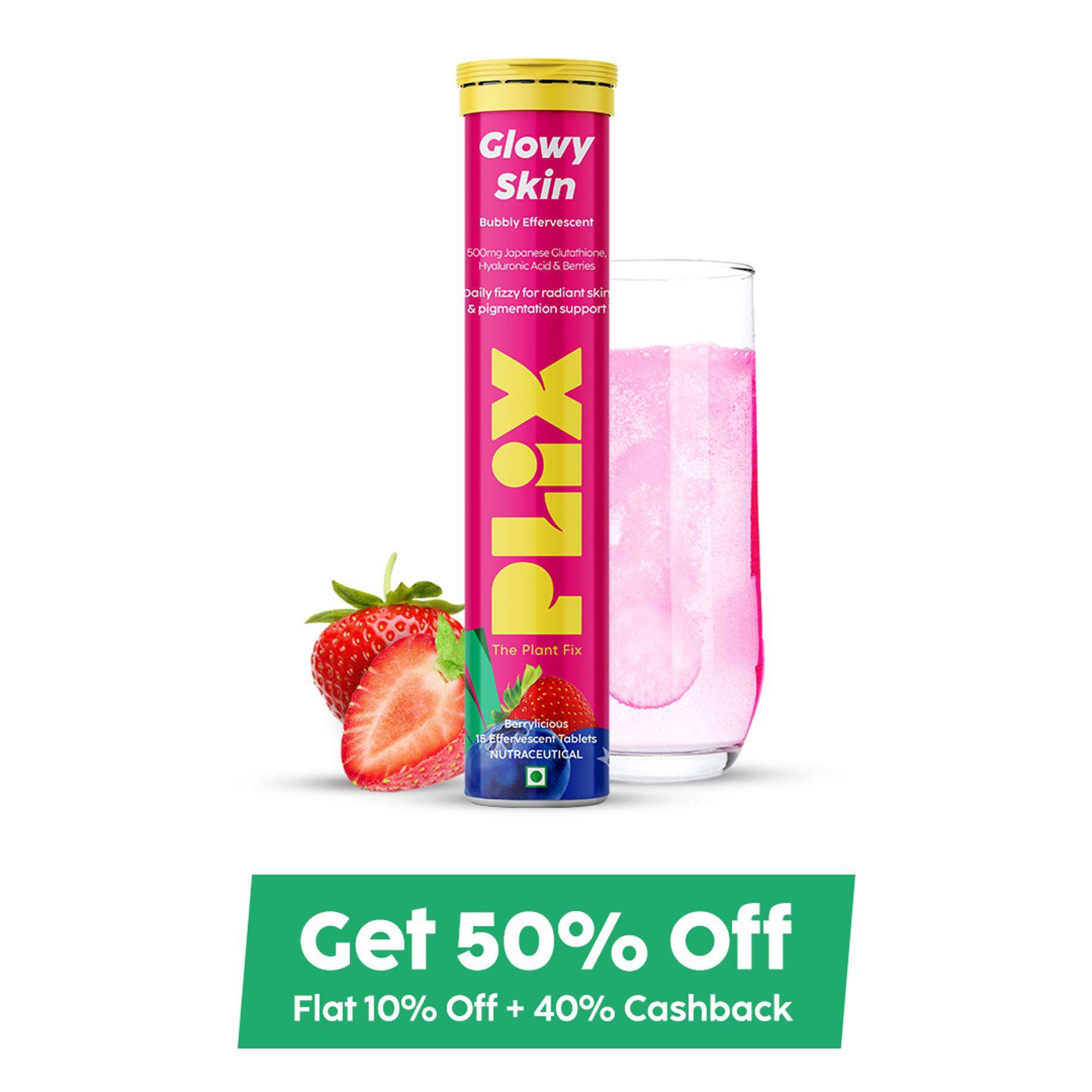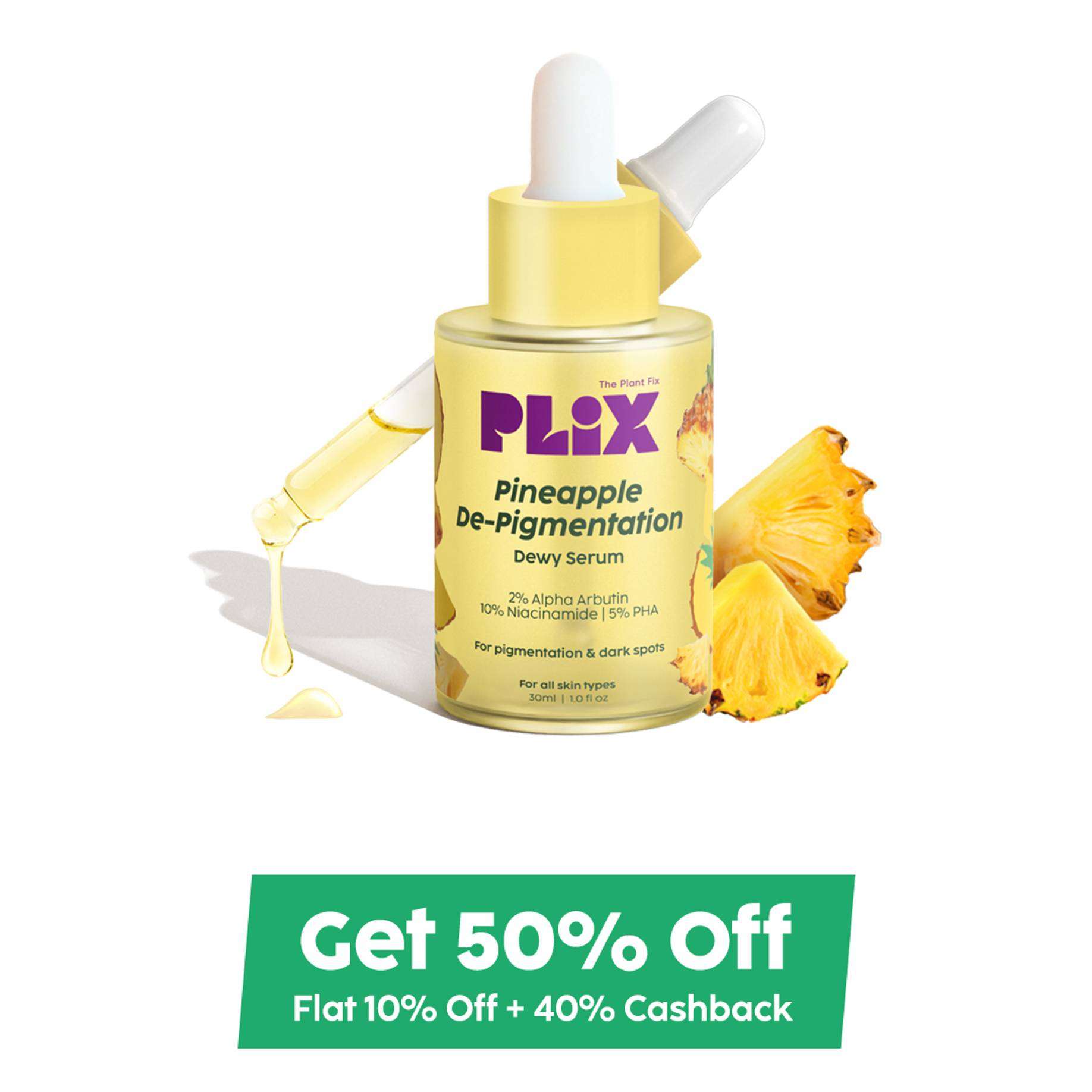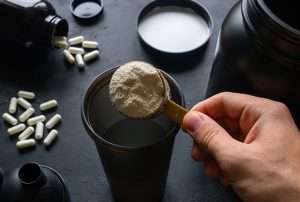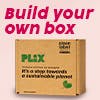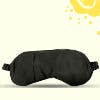How Does Plant Protein Help Lower Cholesterol?
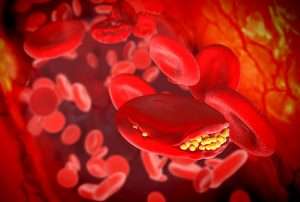
Your diet has a direct impact on your cholesterol levels and other risk factors.
Heart disease is one of the leading causes of deaths in the world.
Increased levels of LDL or “bad” cholesterol are linked to an increased risk of heart disease.
Like most fats, cholesterol does not dissolve in water. Too much cholesterol or cholesterol in the wrong places leads to problems later.
What is Cholesterol?

Cholesterol is basically a wax-like substance produced by the liver that aids in building cell membranes and producing hormones. Our bodies are usually equipped to create sufficient amounts of cholesterol so that we don’t need to consume it from our diet.
Ideal Cholesterol Levels
A cholesterol level below 150 milligrams per deciliter (mg/dL) is ideal for proper body functioning. At this level, it is very unlikely to cause heart diseases. At the max, you can stretch it to 200 milligrams per deciliter (mg/dL).
200-239 is considered borderline high and a reading of 240 mg/dL and above is considered high. 225 mg/dL is the level of coronary artery disease victims.
Difference between HDL and LDL Cholesterol

Cholesterol is not directly dissolved in the blood. It is transported in the bloodstream via two types of carriers – low-density lipoproteins (LDL) or high-density lipoproteins (HDL).
LDL cholesterol or the “bad” cholesterol is required in limited quantities to deliver cholesterol in various parts of the body. And only when these low levels of LDL rise can it drastically increase your risk of heart attacks, mainly because LDL can lead to clogged arteries.
HDL on the other hand or the “good” cholesterol helps clear LDL from the arteries.
Doctor’s usually started by measuring the total amount of cholesterol to assess a person at risk. To know further, they divide this total level by the HDL level.
Heart attack risk is minimised by having lower total cholesterol and a higher proportion of HDL cholesterol. It’s better if the total cholesterol to HDL ratio is less than 4 to 1.
Vegetarians usually have an average of about 3 to 1. Smoking and obesity can lower HDL levels. Vigorous exercise and foods rich in vitamin C can help you increase it.
What Diet is Best for Lowering Cholesterol?

Meat, dairy and eggs have been shown to raise cholesterol levels because they contain trans fats and saturated fats. It has been linked to increasing the risk of heart attacks. Foods are high in saturated fat trigger the body to produce extra cholesterol.
Plants are known to do just the opposite. They are cholesterol-free and have very low in saturated fats. Plants are also high in soluble fiber, which helps in lowering cholesterol. Soluble fiber slows the absorption of cholesterol in the bloodstream and reduces the amount of cholesterol produced by the liver. Few healthy sources of soluble fiber would be oatmeal, barley, beans, and some fruits and vegetables.
How does Plant-Based Diet help in Lowering Cholesterol?

There are plenty of studies that have found plant-based diets lower cholesterol levels effectively as compared to other diets.
A research review of 49 studies showed that when compared to an omnivorous diet, a plant-based diet lowered total cholesterol, LDL and HDL levels significantly. A plant-based regime reduced LDL levels by about 15-30 per cent.
To reverse heart disease, a low-fat, plant-based diet, along with daily exercise and less tobacco consumption is extremely helpful in the long run.
1. Eat More Soluble Fiber
Soluble fiber is compounds found in plants that are water-soluble and that humans can’t digest.
However, beneficial bacteria known as the probiotics that live in our intestines can digest soluble fiber. It is required for their nutrition. These good bacteria reduce LDL production.
A study comprising of 30 adults, when asked to consume 3 grams of soluble fiber daily for 12 weeks showed LDL decrease of 18%.
Some of the best sources of soluble fiber are beans, peas, lentils, fruits, oats and whole grains. Fiber supplements like psyllium is also a safe option.
2. Avoid Trans Fats
Trans fats are unsaturated fats that have been modified by the process of hydrogenation.
This is done to make the unsaturated fats in vegetable oils more stable as an ingredient. Much of margarine is made of partially hydrogenated oils.
As a result, the trans-fat that you get is not fully saturated, but are solid at room temperatures. This is the reason most spreads that you see at supermarkets use Trans fats including pastries and cookies – since they provide more texture than unsaturated, liquid oils.
But these Trans fats can increase the total cholesterol and LDL levels and decrease HDL levels by as much as 20%.
Due to this, most companies are required to list the number of Trans fats in their nutritional levels.
Make sure to read the ingredients in addition to the nutritional label as well. If you see a product containing partially hydrogenated oil, know that it has Trans fats and should be avoided.
3. Add Plant Sterols and Stanols
Plant stanols and sterols are basically plant versions of cholesterol. They are absorbed from the diet like cholesterol because they resemble cholesterol.
However, their chemistry is different from human cholesterol and so they do not contribute to clogged arteries. Instead, they might help in reducing cholesterol levels.
Plant stanols and sterols are found in vegetable oils or margarine and can reduce LDL levels up to 20%. However, they are not proven to reduce heart disease.
List of plant-based diet foods to lower cholesterol:

- Legumes
- Avocados
- Whole grains – like oats and barley
- Nuts – Almonds and walnuts
- Berries
- Dark leafy greens
- Olive oil
Alternatively, you may also try PLIX vegan protein and add it to your diet as it serves as a great source of plant-based protein.
You can also buy our Plant-based protein powder from Amazon here:


